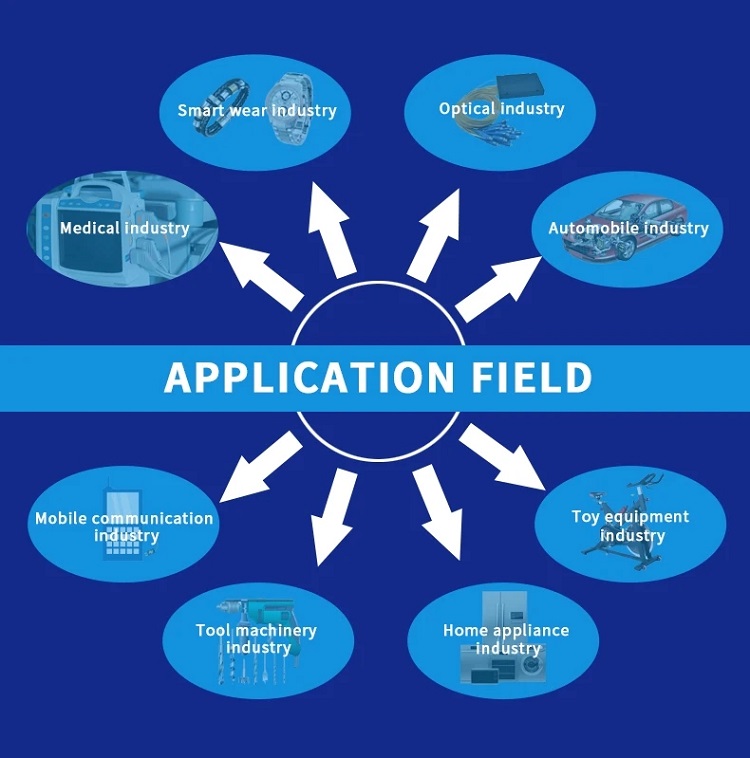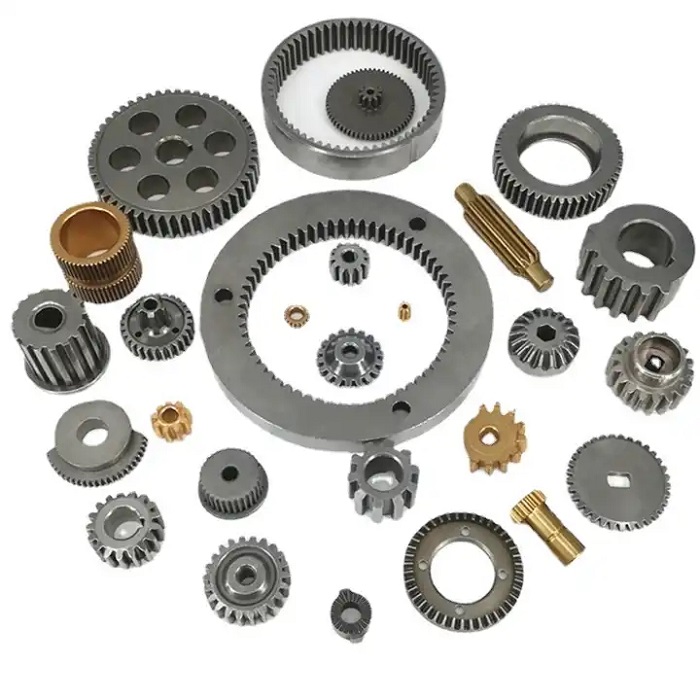Have you ever faced the challenge of producing complex, high-precision metal parts with minimal waste and cost? Traditional manufacturing methods often fall short when it comes to creating intricate designs efficiently. This is where powder metal technology comes into play, offering a revolutionary approach to metal part production. By understanding the advantages of powder metal, you can significantly improve your manufacturing processes, reduce costs, and enhance product quality.
What is Powder Metal?
Powder metal, also known as powdered metal, refers to metallic materials in a finely divided or powdered form that are compacted and sintered to form solid metal parts. This process, known as powder metallurgy, involves several key steps:
- Creation of Metal Powders: Metal powders are produced through methods such as atomization, where molten metal is sprayed into a fine mist, or solid-state reduction, which involves reducing metal oxides to metal powder.
- Blending: The metal powders are blended with other metal powders, alloys, or lubricants to achieve the desired properties.
- Compacting: The blended powder is compacted into the desired shape using high pressure.
- Sintering: The compacted part is heated at high temperatures to bond the particles together, resulting in a solid metal part.
Materials commonly used in powder metallurgy include stainless steel, brass, copper, iron, bronze, aluminum, and tungsten carbide. Powder metallurgy offers numerous benefits, such as the ability to create complex shapes, reduce material waste, and produce cost-effective high-volume parts. Applications of powder metal parts span various industries, including automotive (gears, bearings), aerospace (turbine discs), medical devices, electrical contacts, and cutting tools.

Now that we have a basic understanding of what powder metal is and its core process, it’s important to explore how powder metal manufacturing differs from traditional metal manufacturing. This comparison will highlight the unique advantages and limitations of each method, helping you make informed decisions for your production needs.
Differences Between Powder Metal and Traditional Metal Manufacturing
Process and Material Utilization
Powder Metal Manufacturing
Powder metal manufacturing involves compacting fine metal powders into a desired shape and sintering them at high temperatures. This process utilizes up to 97% of the input material, significantly reducing waste and making it a more sustainable process. Additionally, powder metallurgy allows for the creation of complex shapes and precise components with minimal need for additional machining.
Traditional Metal Manufacturing
Traditional metal manufacturing includes processes like forging, casting, and machining, where metal is either melted and poured into molds (casting) or heated and shaped by hammering or pressing (forging). These methods typically generate more waste material and often require extensive post-processing to achieve the final shape and dimensions.
Energy and Cost Efficiency
Powder Metal Manufacturing
Powder metal manufacturing generally consumes less energy compared to traditional methods because it avoids the need for melting metals and extensive machining. Often, it has lower upfront costs due to the efficiency of the process and reduced material waste.
Traditional Metal Manufacturing
Traditional metal manufacturing can be more energy-intensive, especially in processes like forging and casting that require high temperatures and significant mechanical work. These methods may have higher initial costs due to the need for more raw material and additional processing steps.
Material Properties and Applications
Powder Metal Manufacturing
Powder metallurgy allows for the creation of parts with tailored properties by mixing different metal powders, which can be optimized for specific applications such as wear resistance or high-temperature performance. It is ideal for producing small, intricate parts with high dimensional accuracy, commonly used in automotive, aerospace, and medical industries.
Traditional Metal Manufacturing
Traditional methods produce parts with superior mechanical properties, such as higher strength and durability, due to processes like forging that align the metal’s grain structure. These methods are better suited for large, high-stress components like crankshafts, airplane parts, and construction materials where maximum strength and impact resistance are critical.
Design Flexibility
Powder Metal Manufacturing
Powder metallurgy offers significant design flexibility, enabling the production of complex geometries that might be difficult or impossible to achieve with traditional methods. This process can incorporate features like undercuts and internal structures without the need for assembly, reducing supply chain complexity.
Traditional Metal Manufacturing
While capable of producing strong and durable parts, traditional methods are often limited in terms of the complexity of shapes that can be achieved without extensive machining or assembly.
Common Metals Used in Powder Metallurgy
Iron and Steel
These are the most widely used materials in powder metallurgy, especially for automotive components and other structural parts due to their strength and versatility.
Copper and Copper Alloys
Often used in electrical and thermal applications because of their excellent conductivity.
Aluminum
Increasingly popular for lightweight structural components, particularly in the automotive and aerospace industries due to its strength-to-weight ratio.
Stainless Steel
Used for corrosion-resistant parts and applications in various industries.
H2: Nickel
Commonly used as an alloying element with iron and in specialized applications for its corrosion resistance and strength at high temperatures.
Tungsten
Primarily used for making tungsten carbide, essential for cutting tools and wear-resistant parts.
Molybdenum
Often used as an alloying element to enhance material properties, particularly in high-temperature applications.
Tin
Used in various alloy compositions for its low melting point and corrosion resistance.
Titanium
Utilized in aerospace and medical applications due to its high strength-to-weight ratio and biocompatibility.
Soft Magnetic Composites
Used in electromagnetic applications, particularly in electric motors, due to their magnetic properties.
Classification and application of metal powders
| iron powder | Powder metallurgy, manufacture of mechanical parts, production of friction materials, superhard materials, magnetic materials, welding materials, etc |
| copper powder | Powder metallurgy, diamond tools, electrical materials, friction materials, etc |
| titanium powder | Powder metallurgy, biomedical materials, aerospace, automotive parts, etc |
| cobalt powder | Carbide, magnetic materials, batteries, diamonds,s, and other tools |
| aluminum powder | Aviation, automobile, machinery manufacturing, powder coating, etc |
| tin powder | Electric carbon products, friction materials, powder metallurgy, oil-bearing, etc |
| nickel powder | Powder metallurgy, batteries, etc |

Powder metal manufacturing distinguishes itself from traditional metal manufacturing through its efficiency, sustainability, and ability to produce complex, precise parts with tailored properties. While traditional methods excel in producing large, high-strength components, powder metallurgy offers unique advantages in material utilization, energy efficiency, and design flexibility. Understanding these differences helps in choosing the right manufacturing process for specific applications. Whether you are in the automotive, aerospace, or medical industry, powder metal technology can significantly enhance your production capabilities, reduce costs, and improve product quality.


